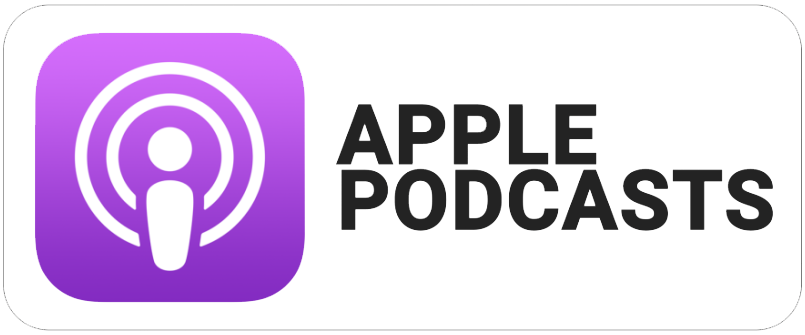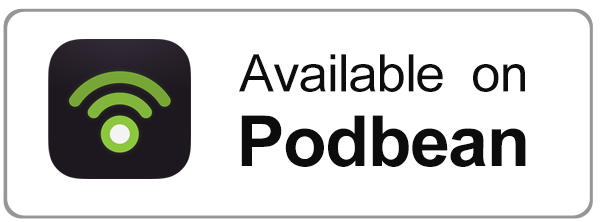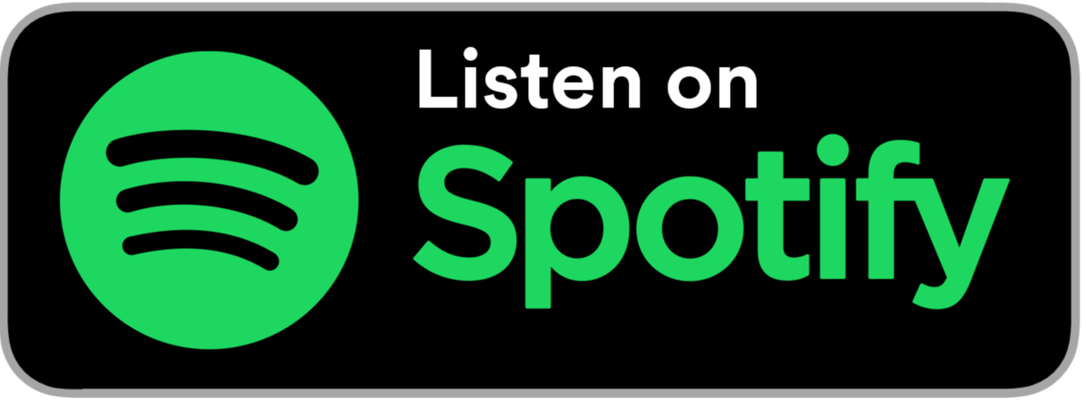Transcript
Hello listeners. We are excited to BLaST the Airwaves with you today and provide educational solutions for all. My name is Rebecca Gibboney and I am the Curriculum and Online Learning Specialist here at BLaST Intermediate Unit 17. I am thrilled to welcome you to this episode of BLaST the Airwaves.
A value of Fisher and Frey is “I engage as much in dialogue as monologue”. Hmm. I like that.
I engage in as much dialogue as monologue.
Coming from an extrovert, like myself, and a person who enjoys talking, myself again, this is something I try hard to intentionally do in my work as an educator. As an instructional coach, this was the hardest aspect in my role.
And, now, even as a presenter, I fall guilty to this trap. As I try harder than ever, to build collaboration among educators during my virtual trainings, I find it easier to just word vomit, to put it not so nicely. Don’t get me wrong. What I have to present is important and very valuable, but what I am confessing is that I, too, fall into the trap. It is easier to just go on and on and on than it is to provide opportunities to collaborate. Besides, I have so much content to cover and not enough time. And, what if the breakout rooms don’t work? What if some participants or even myself lose connection? What if I cannot see what each group is working on? What if I just talk instead of letting them…
Folks, it’s the wrong answer. I know it. You know it.
We must engage as much in dialogue as monologue.
I get it. Do you?
So, the question is when? The question is how?
When is the best time to provide time to collaborate? Fisher, Frey and Hattie warrant that the best time is when the students have enough knowledge to dive into their own learning and drive their own learning. When students feel like what they are contributing to the group is impactful and there is evidence to support that. That is when we start using collaboration.
How do we suggest going about it? I mean face-to-face was easy. I could hold lit circles, Socratic seminar, gallery walks. We could be human. But, now, I have to have my students six-feet apart. They cannot share materials. They are all behind a screen. I can barely hear them through a mask. It’s like we are strangers to one another.
I get it. The anxiety is real. But, guess what…what if I said you can still do what you used to do? And, what if I said we are all still human? Because, really, we are all still human.
Let’s start with lit circles or book clubs. Who says you cannot have students read individually their book of choice and then share in breakout rooms? Who says they couldn’t collaborate using a technology tool? What if, you had Fridays specific to book club meetings with you, in small groups. What if…
What about text rendering? I mean text rendering can be a collaboration at times. Perhaps you ask students to share important sentences or phrases or words through discussion posts. Maybe you have them share out in the live session. Take a chance and assign each groupmate a role to focus on. One person focuses on a word. One a phrase, one a sentence. Why not?
Then, there is my favorite. The jigsaw! The effect size of a jigsaw is legit. We’re talking a 1.20 on Hattie’s effect size! Team, it’s effective…like really effective, if done correctly. Caution because it cannot be viewed as a divide and conquer reading assignment. Nope. Stay away from that. Instead assign students to their expert groups, which they can complete individually and off-line. When they meet in the virtual space, randomly group the students so that they collaborate and learn from each other. Then, they return to their expert groups to debrief. Just like that…
So, collaboration can be done. It can.
Sometimes we just have to take that leap of faith, both you and me. It’s all about stepping out of that comfort zone, again. Trust me, I know many of us are stepping out of a lot of comfort zones lately. It’s about giving up control and letting kids harness their own learning. Letting them learn from one another. It’s all about giving them permission to be active learners rather than passive learners. It’s a matter of your classroom being student-centered compared to teacher-centered.
And, isn’t that what we are all aiming for for our 21st Century learners? Students who can think critically, stretch their creative minds, communicate with one another, and ultimately, collaborate.
It’s what I hope for. Do you?
We would like to thank you for blasting the airwaves with us today. If you like the show, please subscribe or leave a review. If you want to know more. Check out www.iu17.org for further resources and show notes. As always, we want to thank you for what you do every single day. Remember, keep shining. We’ll be back next episodes to provide you another educational solution for all as we continue to transform lives and communities through educational services.
Additional/Suggested resources mentioned in the episode:
The Distance Learning Playbook by Douglas Fisher, Nancy Frey, and John Hattie
BLaST Intermediate Unit 17 – www.iu17.org
Professional Learning Opportunities at BLaST IU 17 – https://www.iu17.org/professional-learning/



